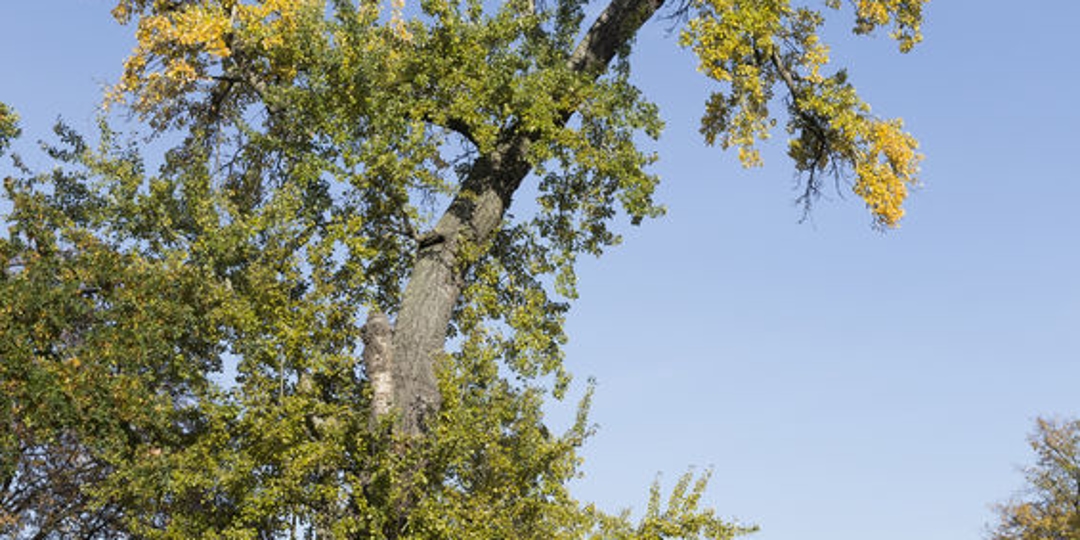Have you ever noticed a dead branch falling from a tree in your yard? Deadwood is not only unsightly, but it can also pose significant risks to both people and property. However, did you know that deadwooding trees has many benefits beyond just aesthetics and safety? This comprehensive guide will explore the advantages of deadwooding trees and why it should be an essential part of your tree maintenance routine. From promoting healthy growth to improving the overall appearance of your landscape, there are countless reasons why deadwooding is crucial for the health and longevity of your trees here in Alexandria, Virginia. So let's dive in!
What is deadwooding?
Deadwooding is the removal of dead or dying branches from a tree. It is a common practice in arboriculture and is done for various reasons here in Alexandria. Deadwooding can improve the appearance of a tree, increase its strength and stability, reduce the risk of injury to people or property and promote new growth. The process of deadwooding involves the removal of any branches that have died, are diseased, are insect-infested, or are otherwise in danger of falling. Deadwooding should be done cautiously to ensure no live branches are unintentionally removed.
Why is deadwooding important?
Deadwooding, or the removal of dead wood from trees, is an important horticultural practice with various benefits. For one, it can improve the aesthetics of a tree by removing unsightly dead branches. Also, deadwood removal can help reduce the risk of storm damage, as dead branches are more likely to break off in high winds.
Another key benefit of deadwooding is that it can help to increase the tree's lifespan. This is because removing dead wood helps the tree to allocate its resources more efficiently, allowing it to withstand disease and pests better. Additionally, by reducing the tree's weight, deadwooding can also help prevent structural damage.
Deadwooding is a beneficial horticultural practice offering several advantages for trees and homeowners. If you have concerns about the health or appearance of your trees, consult a certified arborist who can assess whether deadwooding suits your situation.
How to tell if your tree needs deadwooding
If you're unsure whether your tree needs deadwooding, there are a few things you can look for:
-Are there any dead or dying branches? Deadwooding involves removing these branches.
-Is the tree's canopy thin and sparse? This is often a sign that the tree is not getting enough light, which can be due to overcrowding from other trees or structures. Deadwooding can help increase light penetration and improve the tree's overall health.
-Do you see any cracks or splits in the trunk? These are often caused by heavy branches weighing down on the trunk. Deadwooding can help remove these branches and relieve pressure on the trunk.
Deadwooding trees provides many benefits, from reducing the risk of fire damage to increasing tree health and longevity. It also helps create a safer environment for people and wildlife here in Alexandria, Virginia who enjoy spending time outdoors. With this comprehensive guide, you can better understand how deadwooding works and why it’s important.

